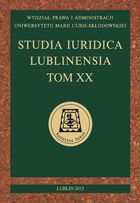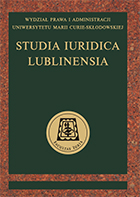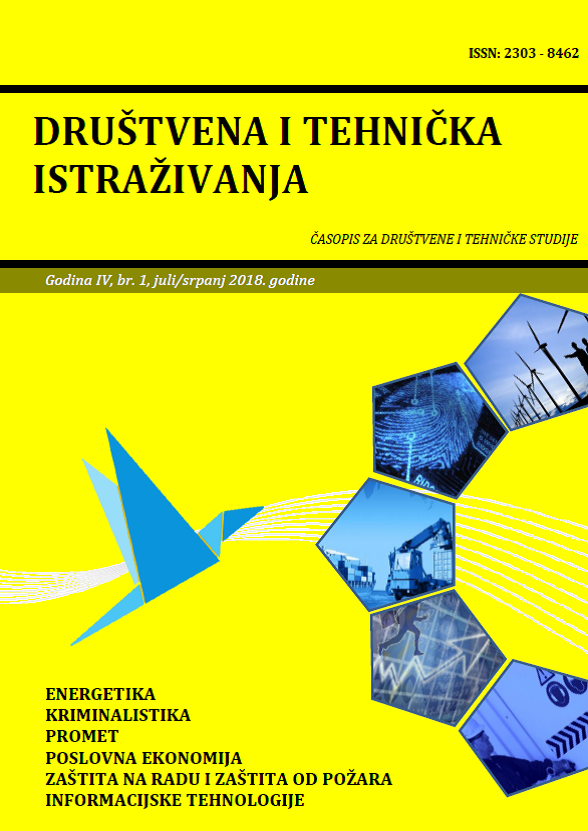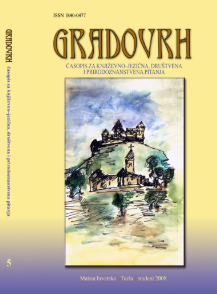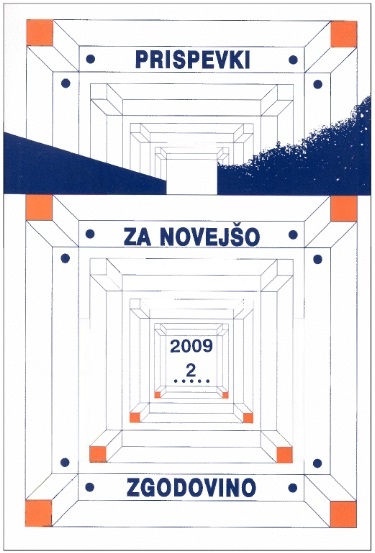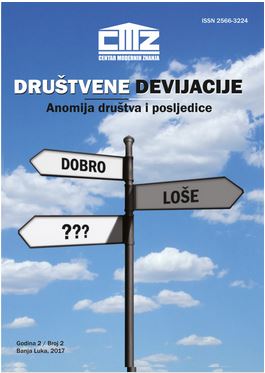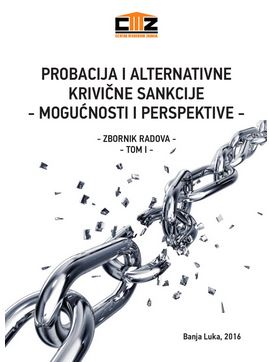Author(s): Valentina Smolović / Language(s): Bosnian,Croatian,Serbian
Issue: 2/2017
None of the stages of social development, nor social organization were immune to the phenomenon of crime, or violation of its norms of the members of their community. Therefore, the social reaction to this phenomenon were permanent, but because of the diversity and different views of the problem, cultural and other features and differences of the same or a different community groups and organization. In such a social response, any method or means that they are implemented, the joint aspiration has always been how to eliminate violation. According to reaction, all those aspirations can be divided into three groups.Therefore, type of social responses are: punitive or repressive response, preventive and excessive reaction.These responses relate to each other or are parallel with different emphasis depending on social development, cultural and cognitive level of each community where the dominant reaction is the punitive one.
Montenegrin is up to the end of the nineteenth century, treated as a thing, as the object of someone else's disposal, and her will is ignored. Personal development of personality of the Montenegrin Women's measure is the development of Montenegrin society. Since the negation of that personality and women for social attachment to the formal recognition of collective manifestation of her own free will, its personality individualization and emancipation of the staff is very complicated and long way.She is now an equal member of the community. She assumes the role previously belonged to men and does them very successfully. Recognizing the role of a modern woman stock company, it raises much more complex and more assignments from those previously filled. Nowadays, she is trying to, as an active member of society, be respected and honored, to be within the framework of their profession and show and prove to participate in public life by accepting public office. In contrast to the period when she was the most important part of the family and had less participation in public life, contemporary women's crime is increasingly becoming equal partners to men in the criminal offenses. However, the ratio of female criminality in relation to the crime of male is not constant but varies depending on the country, onwards and types of criminal behavior. In addition to the criminal acts infanticide, which is specifically for women, in most other criminal offenses motivs identical to the criminal acts of the motives of male criminality. Common law punishments for women in Montenegro were archaic and drastic. Harsh penalties were pronounced for their crimes: stoning, cutting body parts (nose) and exile. The late eighteenth and early nineteenth century abolished the archaic punishment for their crimes in imposing the statutory penalty, which is serving in prison. Imprisonment for women are mainly supported herself in the male prison. For the first time in the history of Montenegro, the Department for women was founded in 1995 as a separate organizational unit of the prison in Podgorica. Living and working in the Department for Women is led by corrective treatment, provided by the Rules of the house of the Institute for Execution of Criminal Sanctions, which is in line with international standards and principles of sentencing.
More...
